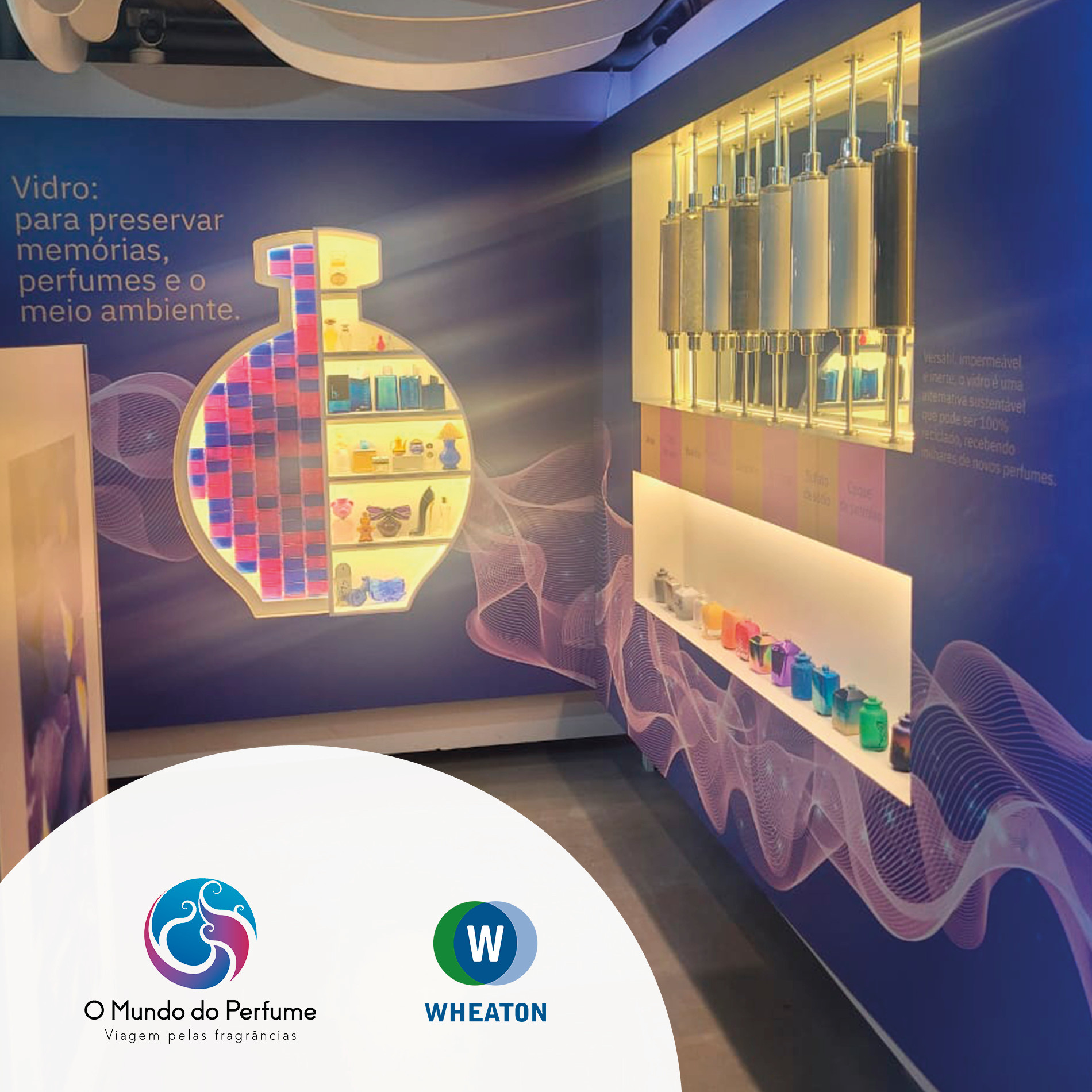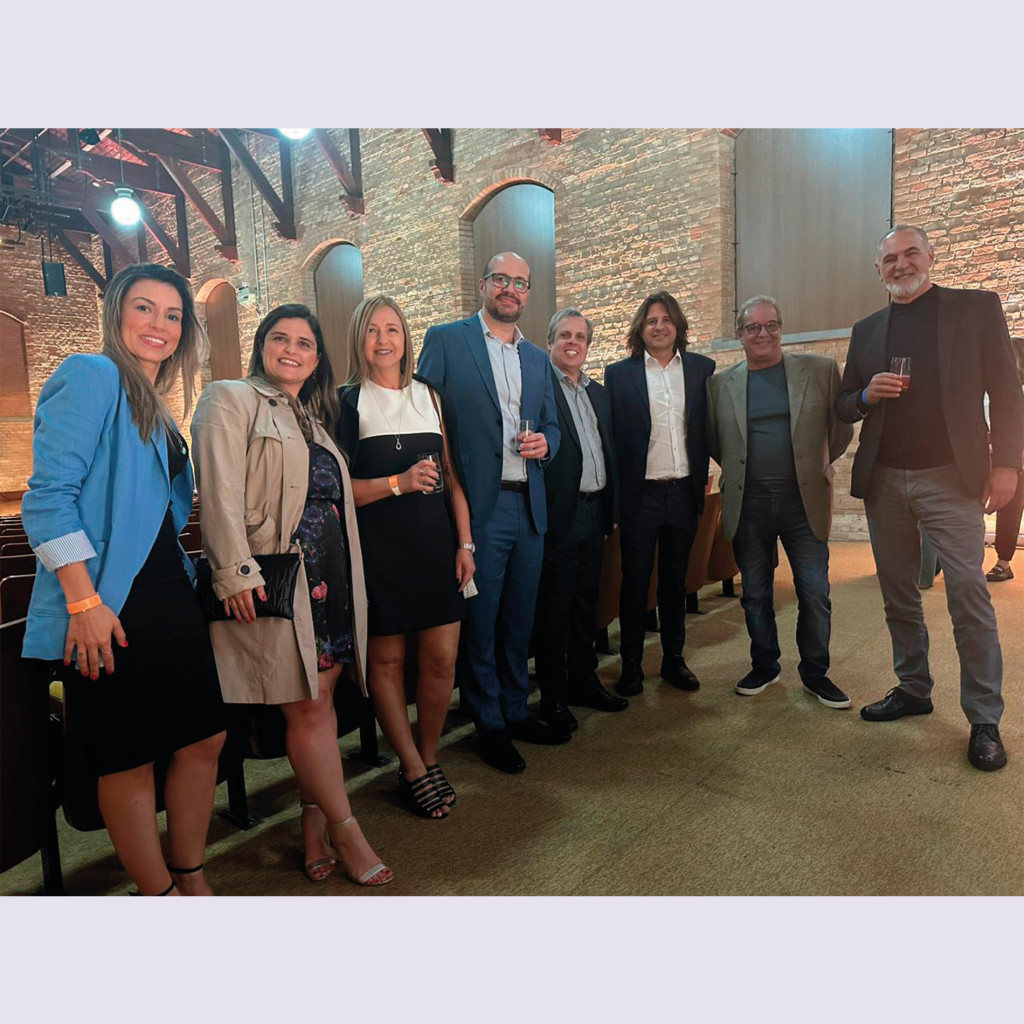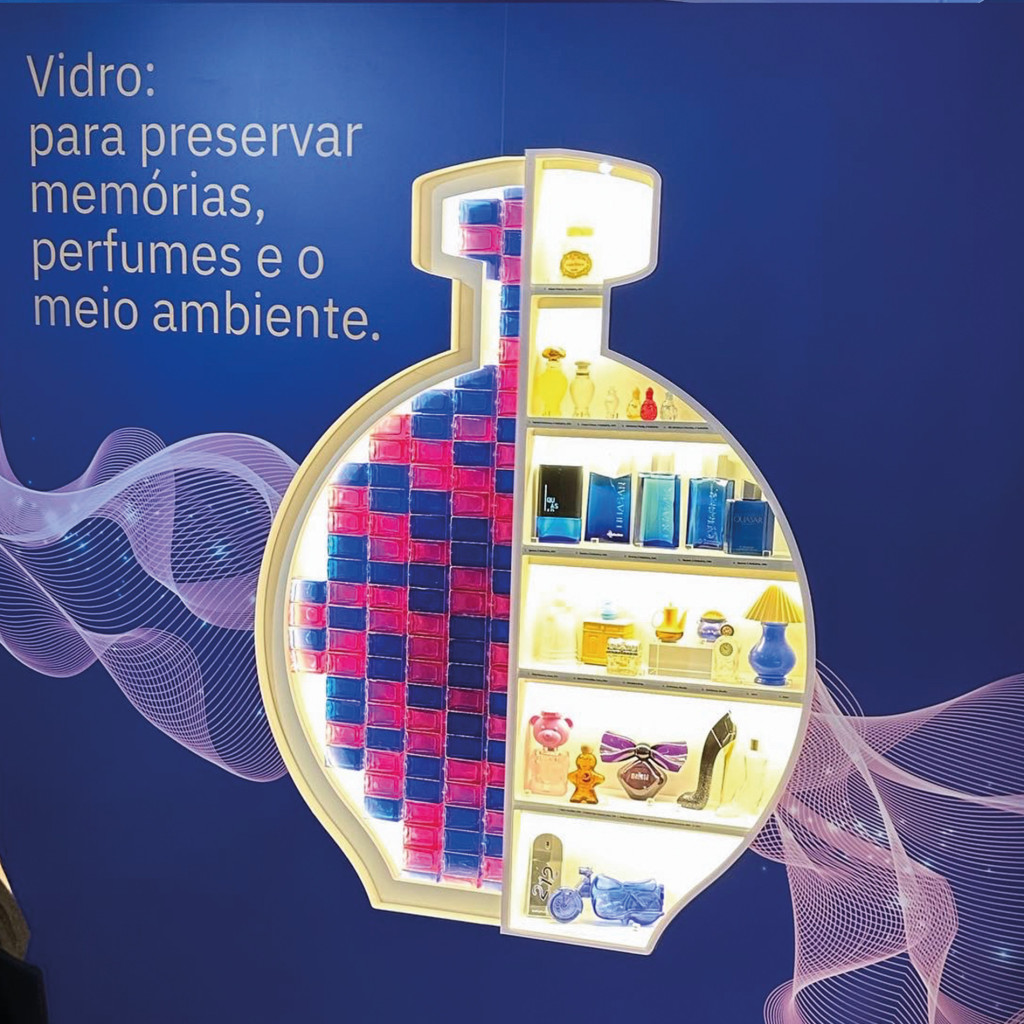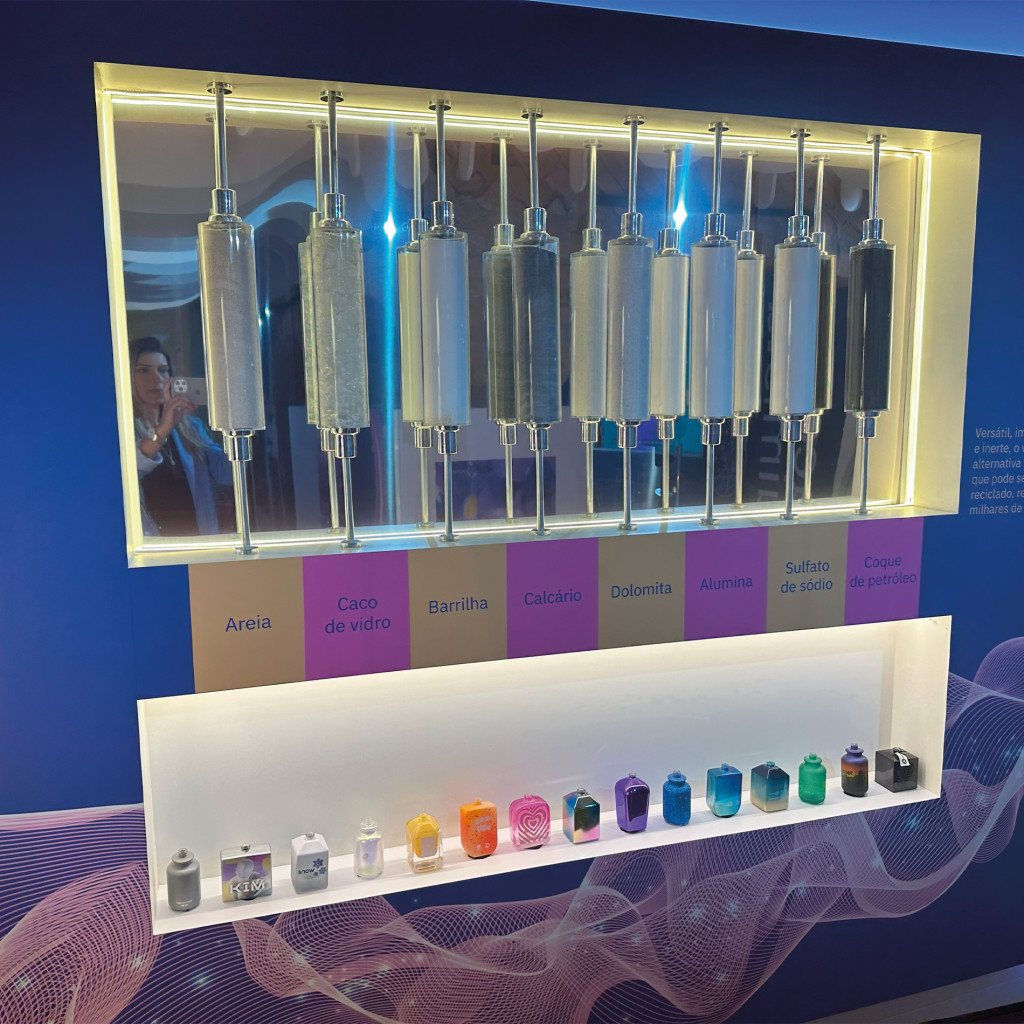
Creating your own fragrance, learning about olfactory families, unraveling the history of perfume – there is no shortage of attractions in the space, now even more modern, fun, and interactive.
After the Covid-19 pandemic, one of the senses most studied by scientists has been the sense of smell, and its importance for people’s quality of life and well-being. Therefore, combining technology, innovation, and science, the Catavento Museum, an institution of the Secretariat of Culture, Economy, and Creative Industries of the State of São Paulo, and Grupo Boticário reopen on this Monday, the 23rd, the exhibition “The Perfume World – Journey through Fragrances.” Installed in the museum since 2017, the exhibit, supported by Wheaton, Givaudan, Provital, and the fragrance house IFF, seeks to rescue the history and culture of perfume as one of humanity’s oldest habits.
Completely revamped and occupying 100m², the space gained papyrus illustrations, a totem for smell testing, as well as interactive content, to continue telling the story of perfume, from the history of glass to the most modern extraction techniques. This provides visitors with an immersive and educational environment where they can learn and create their own fragrance.
“At Grupo Boticário, we have a continuous commitment to providing exceptional products, services, and experiences to our customers. But not only that, we are aware of our responsibility to foster innovation and culture. By telling the story of fragrances through the exhibition at the Catavento Museum, we reinforce the appreciation of people and their repertoires, enabling knowledge and innovative sensory experiences,” says Fabiana Freitas, Vice President of Corporate Affairs at Grupo Boticário.
In the installation, visitors will have the opportunity to travel through the history of perfumery. The journey begins in ancient Egypt, where fragrances were created to establish a connection with the gods and to complement the important hygiene habits present in the local population. Next, they can explore the evolution of world perfumery, discovering the main launches of each decade. The journey continues with the history of Brazilian perfumery, from the arrival of the Portuguese and their encounter with indigenous culture, in addition to the opportunity for the public to see the country’s main brands, such as O Boticário and its icons since the brand’s creation in 1977.
With approximately 300 pieces in its collection, the exhibition features replicas from the Roman Empire of the 1st to the 3rd century and various works that tell the history of global perfumery. This includes a silver-patinated perfume glass from the 3rd century, samples of “Shalimar” (Guerlain and Chanel No. 5) from 1921; “Visa” (Robert Piguet) from 1947; items from the 1920s such as Superfine Soap, Alfazol, and Beijoim from Granado, and 4711 for women, marketed in 1792.
César Veiga, a perfumer at Grupo Boticário, explains that fragrances are part of history since they are significant means of communication. The choice of certain products conveys personality, feelings, and intentions. It is important to understand history to appreciate the evolution of the entire market as well as society. “The advancement of technology and research impacts the creation and development of new products, but it is important for people to have knowledge about the role of smells in our brain, for example, to also understand the work involved in creating new products,” emphasizes Veiga.

Technological and Instagrammable Exhibition
The exhibition is full of digital resources, allowing the audience to embark on a fun and curious journey through the scientific universe of smell and fragrances. Touch screen displays have been installed, allowing users to simulate a blend, find more information about the raw materials of some products, and, in the end, experience the aroma through the digital catalog.
Additionally, there is the installation of a ‘Scent Totem,’ a device designed for visitors to have fun with their sense of smell. The ‘experience’ involves standing in front of the machine, initially pressing the button that directs to 30 cm away, and trying to smell the fragrance. If the person is not successful, they are invited to press the button at 20 cm, and if still unsuccessful, they are advised to press the button at 10 cm. The entire process is guided by a video. In the end, visitors will also have an Instagrammable space to capture their photos, along with a holography that will allow users to immerse even more in the world of perfume, resulting in creative photos for the visitors.


Accessibility
The exhibited items take into account the issue of accessibility for visitors, and the space is designed to provide greater comfort and convenience. It includes the presence of a mediator, videos in sign language, and subtitles.
The exhibition “The Perfume World – Journey through Fragrances” can also be visited virtually by accessing the project’s website: www.museucatavento.org.br.
